Trillions and Trillions of gallons of water inundated the Upper Mississippi River Basin already flush with moisture and saturated soil resulting in overtopped reservoirs and levees in Iowa and down the Mississippi River, as well as flooding on the Rock River Basin and Illinois Waterway.
Water levels across the region threatened to met or exceed levels unseen since 1993.
Employees from the Rock Island District, augmented by personnel from districts across the Corps, were dispatched from their day-to-day jobs to work for one of five Corps' Emergency Operations Centers set up in Iowa and Illinois.
Employees serving in Geological Technical Teams and as Flood Area Engineers interacted with people in communities across the region. Their red shirts, which donned the Corps castle, quickly appeared in towns and areas at risk of being flooded by high water.
Glen Hotchkiss, Engineering and Construction, said, for the most part, the communities were glad to see the Corps' red shirts in their town.
"You run the whole gambit when it comes to hearing comments from people," said Hotchkiss. "Everything from telling us that they're glad we're here to we've seen this before and we don't necessarily need your help."
Newer and younger Flood Area Engineers like Adam Ziegler, Engineering and Construction, and Leo Keller, Programs and Project Management, had a lot of success talking with people in communities like Canton, Mo., and really helped to enhance the Corps' relationship with the public.
Jimmy Aidala, Operations Division, said Ziegler and Keller came into the community with open minds and had been like sponges soaking up information from other Corps FAEs and Geotech members, as well as from people in the communities inside the levee district they were assigned to.
"It's really amazing," said Aidala. "Some of us bring a lot of knowledge to the situation; because we were here in 1993, but sometimes that doesn't jive as well as you might think it would with local community members. Adam and Leo might not have 'been there and done that,' but they're really relating to the community, using their training, and combining it with what they're learning from people in the communities like Canton."
In Canton, Ziegler and Keller's relationship resulted in them pairing up with two of the community levee inspectors using their personal utility vehicle. As a result, the four were able to cover their inspection of the levees quickly, while sharing thoughts, insight, and assessments about the condition of the levees, the sandbags, and future efforts to keep Canton dry.
Jeff McReynolds, Canton's emergency management director who led the effort to fortify the levee protecting the town, met with the Chief of Engineers, Lt. Gen. Robert Van Antwerp, during the chief's visit to the town. McReynolds specifically told Van Antwerp that Ziegler and Keller gave him the most reliable information and that both proved to be an incredible asset to the town's flood fight.
Terry Jorgenson, Engineering and Construction, St. Paul District, had additional positive thoughts about his interaction with community members fighting the flood.
"I'm impressed, the group here is great and supportive," said Jorgenson. "The locals are stressed, but they're focused. I'm also impressed with how hard they're working. The communities aren't just waiting around, they're getting' after it. I was in Hannibal the first day. The locals there, the fire department, the sewer guys, they're very concerned, which is good. They're paying attention to the details and asking a lot of questions, which is good. You could tell they really care about their communities."
Joe Dziuk, Engineering and Construction, initially worked as a FAE in the Des Moines area, then moved down to support the Corps' Quincy EOC. Dziuk said the communities' confidence in the Corps has increased exponentially.
"As we've been out there more and more they've been seeking to really get information from us and to give us information as well," said Dziuk. "Once they get to know us and find out our capabilities they've interacted with us a lot more."
The District had 84 employees in Iowa, Illinois, Missouri, and Wisconsin to proactively work with communities, local and state officials, and levee districts to assist the public in minimizing flood damages.
Inside the Rock Island District's area of responsibility, the four field Corps' Emergency Operation Centers were established in Des Moines, Iowa; Iowa City, Iowa; Cedar Rapids, Iowa; and Quincy, Ill. The Rock Island District's permanent Emergency Operation Center, located in Rock Island, Ill., coordinated the District's emergency operations efforts.
As a June 27, the Corps has issued more than 13.4 million sandbags, enough to stretch from San Francisco to Washington D.C. In the Mississippi Valley Division alone, more than 61.7 miles of plastic sheeting has been issued along with 94 pumps to support flood fighting efforts in the Midwest. Currently the Corps of Engineers has 334 personnel directly involved in flood fight efforts.
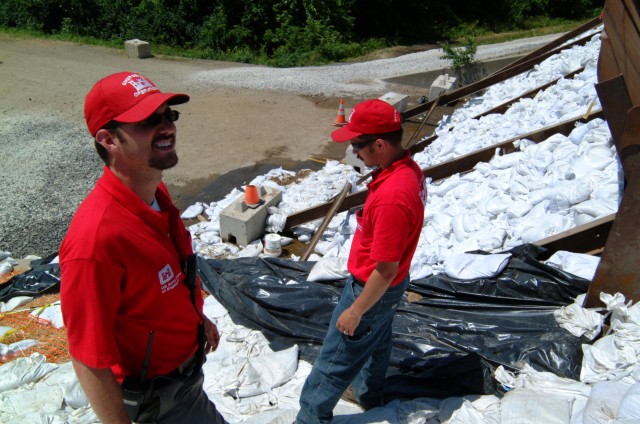
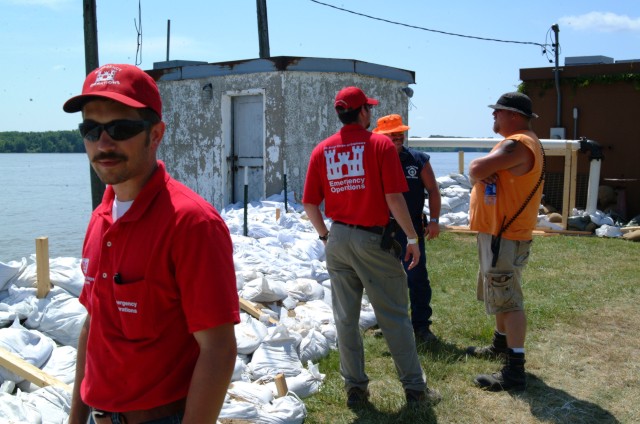
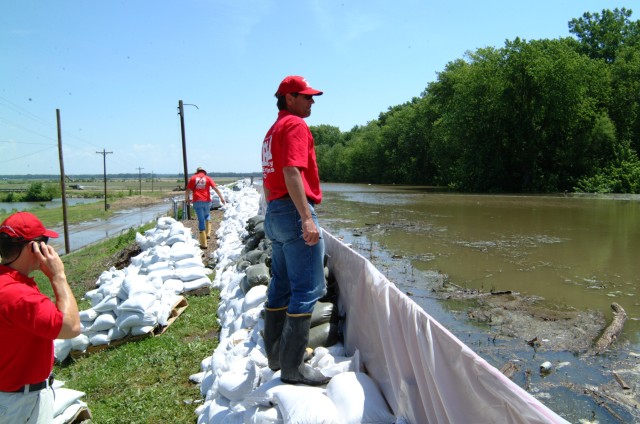
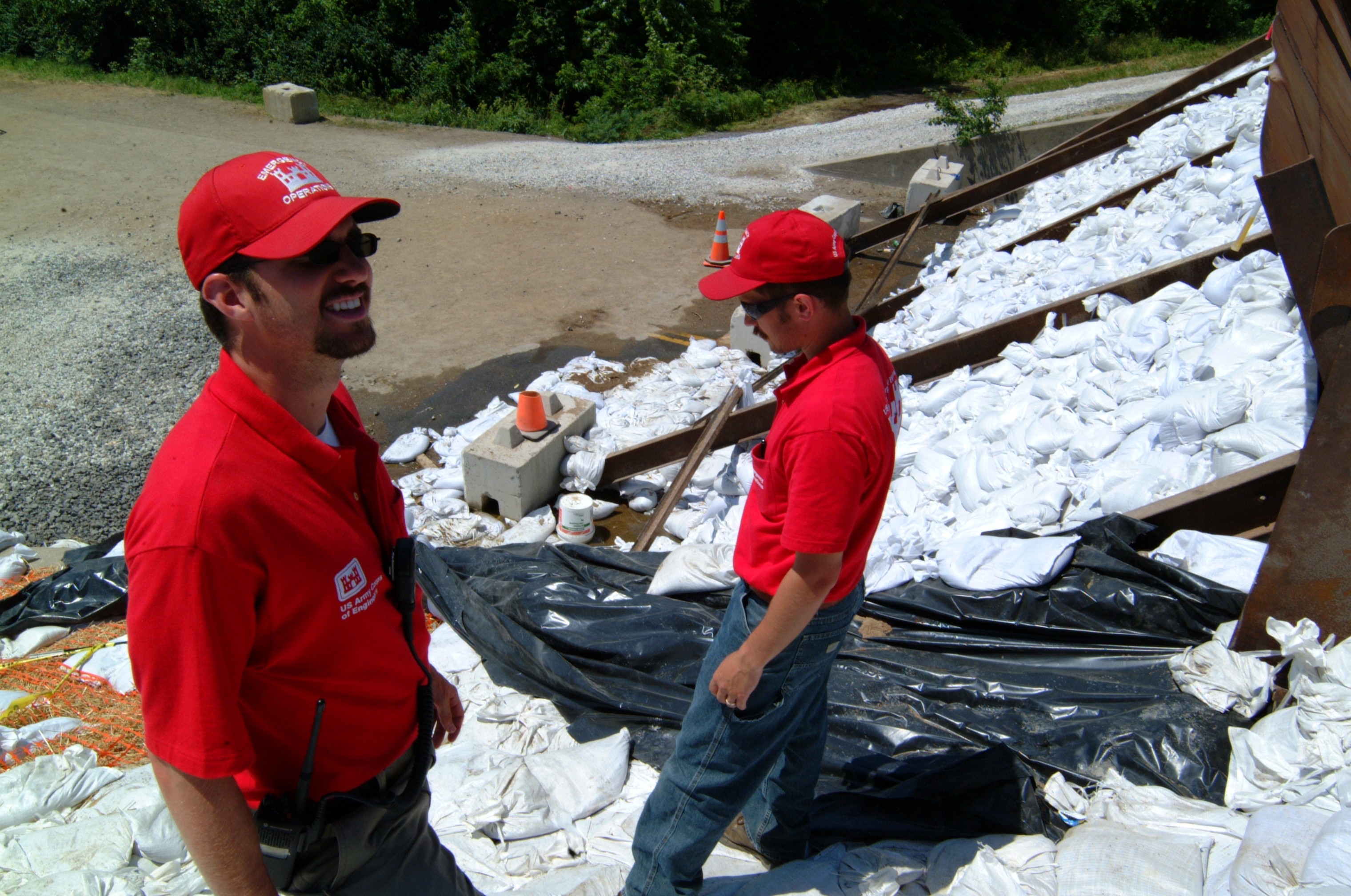
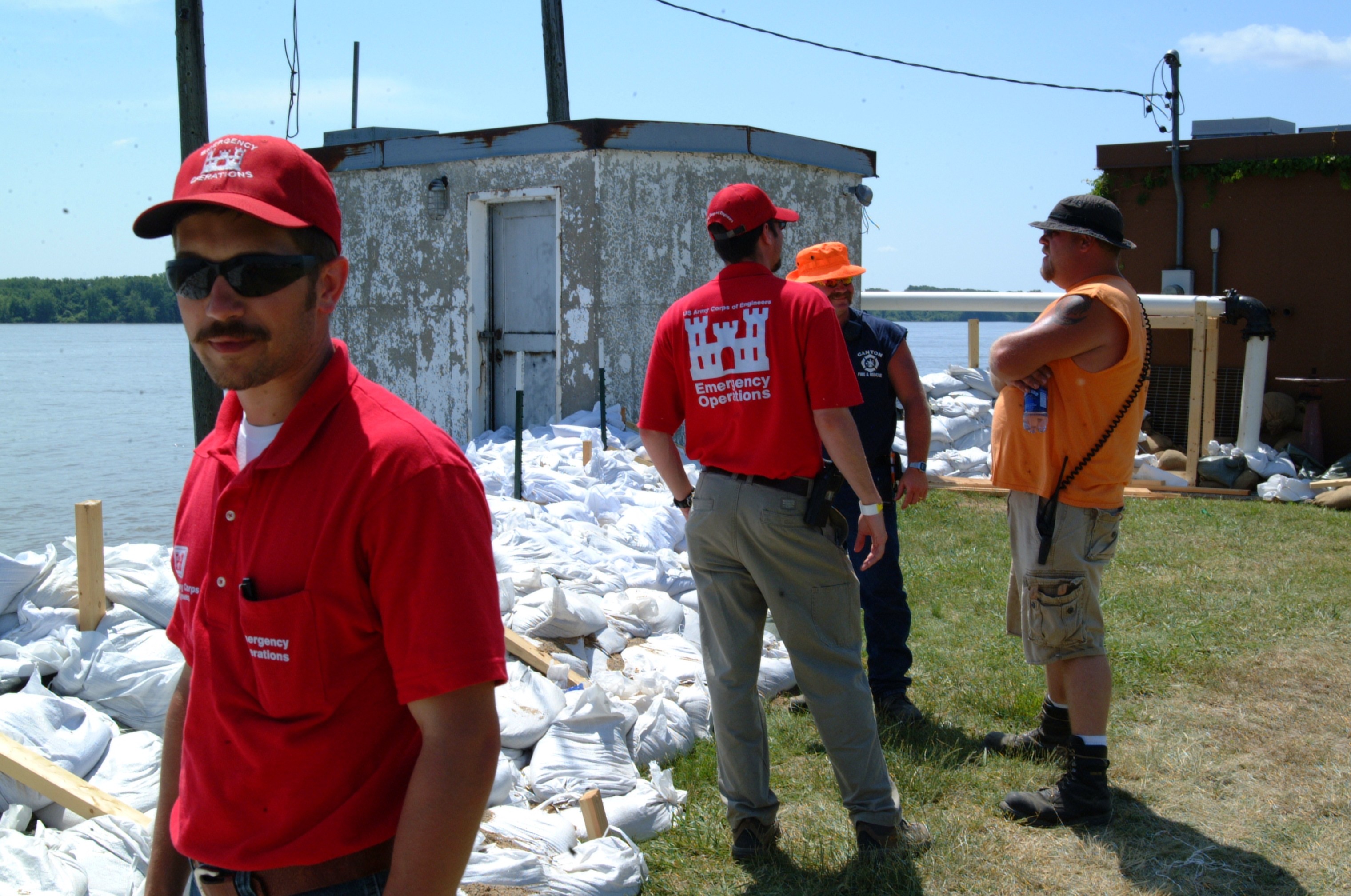
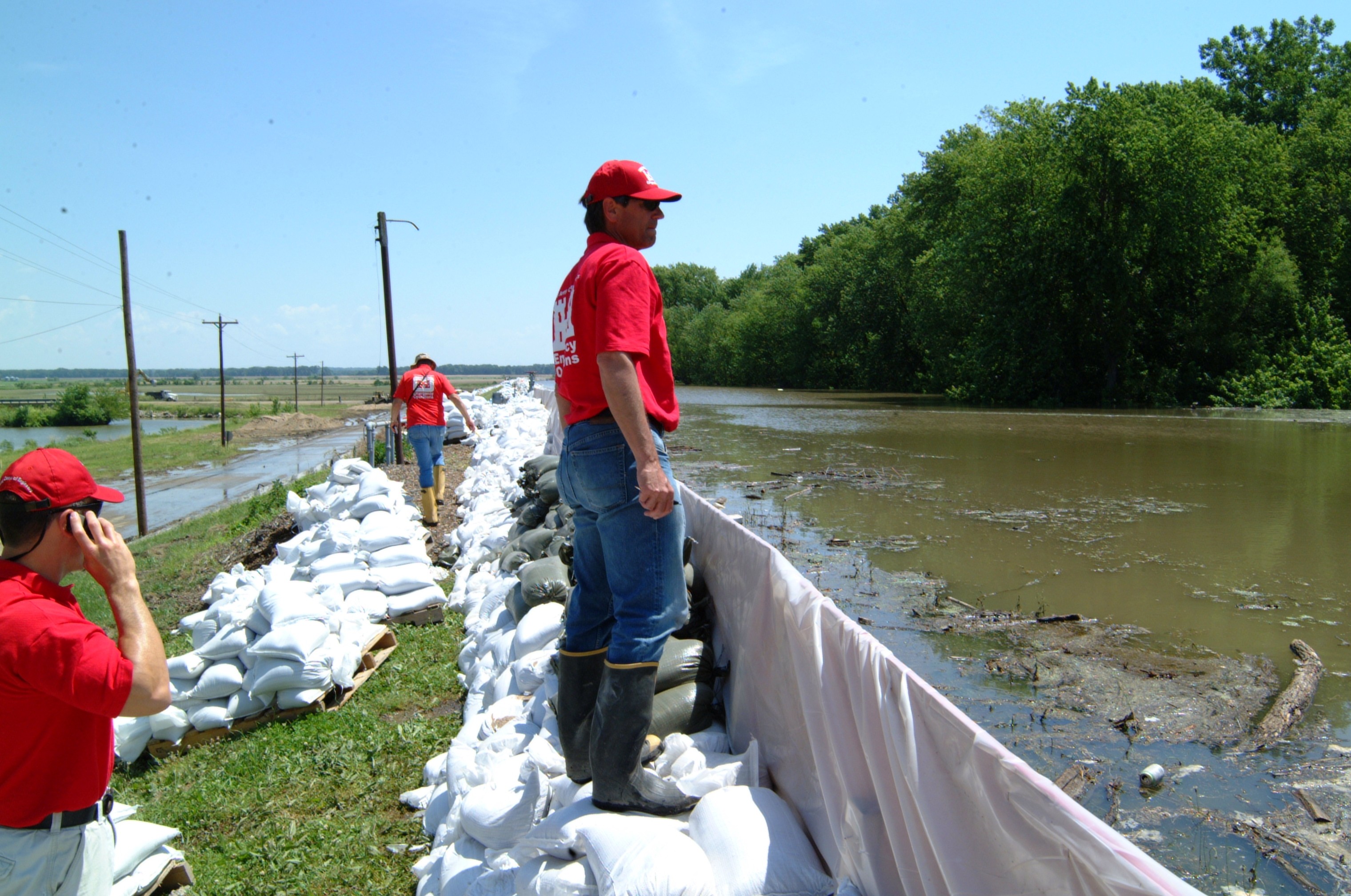
Social Sharing